Last Updated
Authorities have published the results of their water analyses to detect the amount of enterococcus faecalis bacteria in the waters of several Mexican beaches.
According to the findings, all Los Cabos beaches are characterized by low levels of this pathogen, meaning that tourists can keep bathing safely without worrying about their health.

The analyses
The analyses were carried out by the Federal Commission of the Protection against Health Risks (Cofepris) in coordination with the Areas of Protection against State Sanitary Risks (APCRS).
A total of 254 beaches all over Mexico were analyzed to check the levels of enterococcus faecalis bacteria present in their waters.
This bacteria can be found in our intestines, however, if it spreads to other parts of our bodies it can cause serious infections.
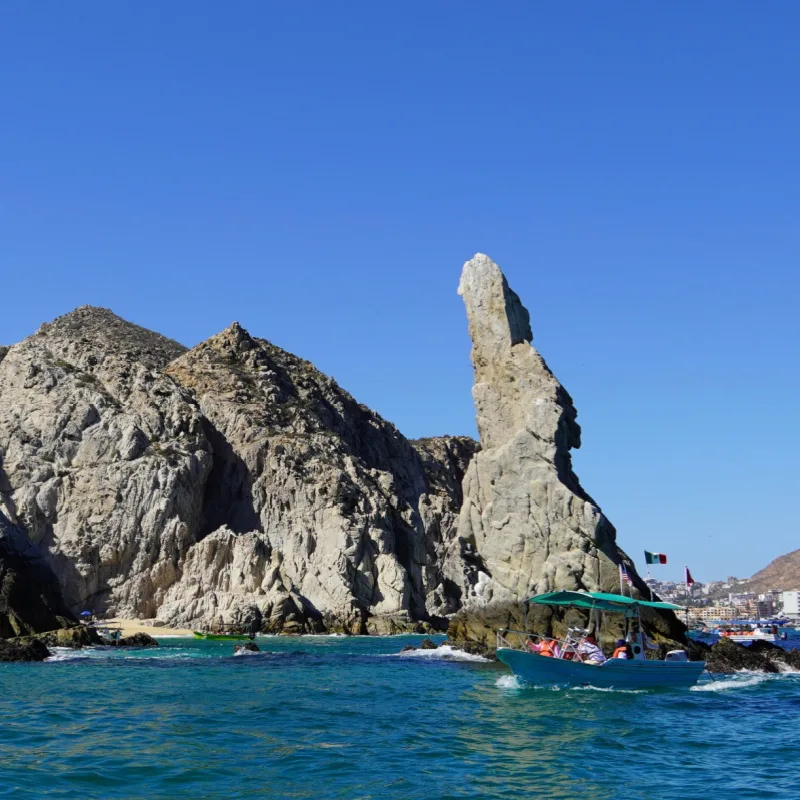
Luckily, the results showed that Los Cabos beaches are free from this pathogen for the joy of all the tourists heading here this winter season.
The COFEPRIS also analyzed 2,047 seawater samples belonging to 69 beaches in a total of 16 Mexican states.
The findings showed that six beaches in the country are currently outside the established limits set by the World Health Organisation.
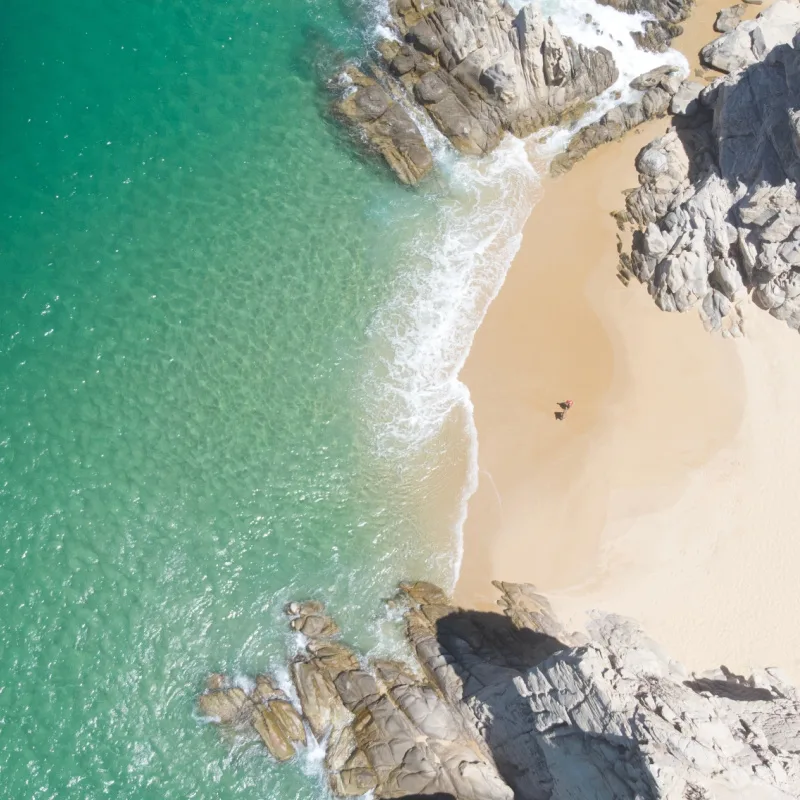
Luckily, none of these are located within the Los Cabos territories; however, two of them are situated in Baja California. These are the Rosarito and Tijuana beaches.
Apart from these, the remaining four beaches are: Linda and Escolleras in Tapachula, Olas Altas Beach in Mazatlán, and El Bosque Beach in Centla.
The competent authorities have reassured tourists and locals alike that experts will immediately take action to achieve optimal water conditions and prevent health risks.
Some of Los Cabos’ best beaches
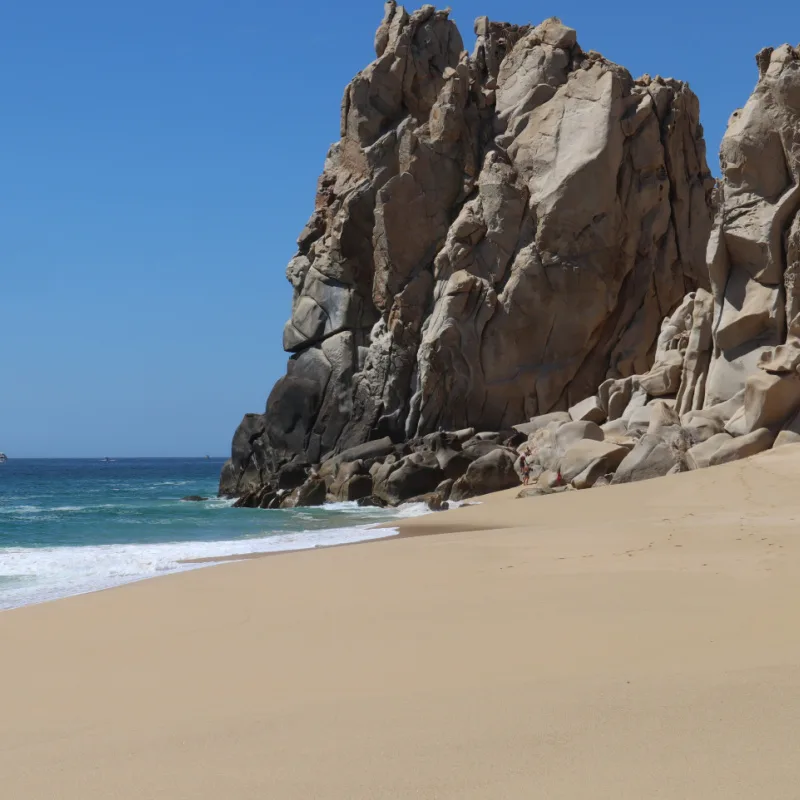
This news is surely positive, giving tourists heading to Los Cabos soon the peace of mind of knowing that the waters in the area are fully safe for bathers. But what are some of the best beaches in this municipality?
Medano Beach is, no doubt, one of the most popular among tourists, and for good reasons. Located in Cabo San Lucas, this swimmable beach features beach lounge rental facilities as well as nearby clubs where to rent equipment to try out a variety of water sports.
Santa Maria Beach is probably Los Cabos’ most popular snorkeling spot. Not by chance; some visitors even managed to spot whales from the shore!
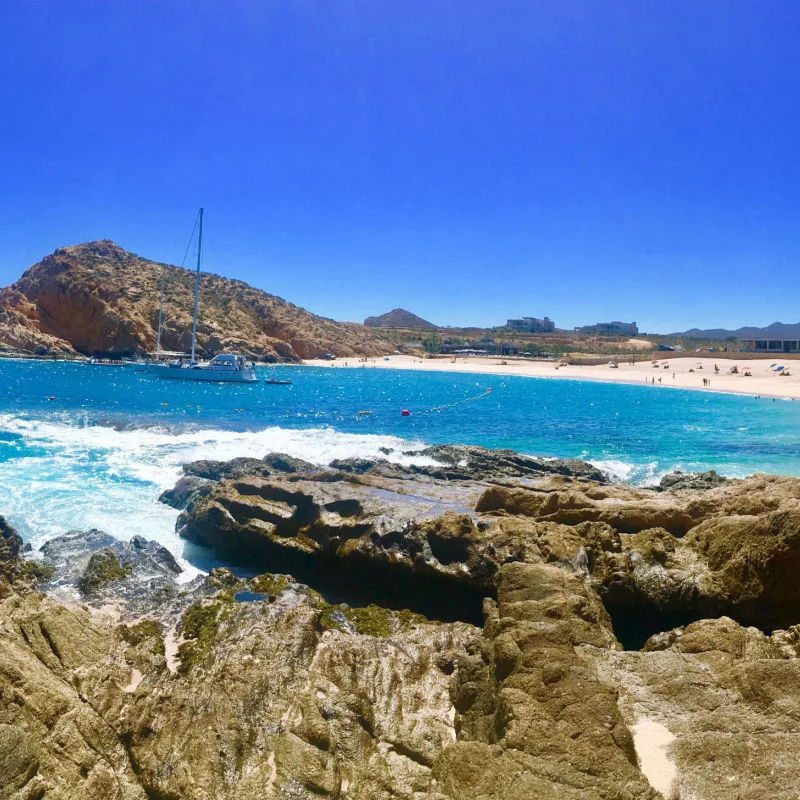
Some of the amenities here include restrooms, showers, and a parking lot. Unlike Medano Beach, street vendors here tend to be rarer.
Last on our list is the renowned Lovers Beach. Nestled between two massive granite rock formations, this is the most romantic spot in Los Cabos. You can reach this popular beach via water taxi from El Medano Beach, and once there, you can choose to snorkel or fully relax with some sunbathing.
Are Los Cabos’ beaches safe?
The latest analyses carried out by Cofepris and APCRS showed that the water quality in Los Cabos is top-notch. But are these beaches fully safe for tourists?
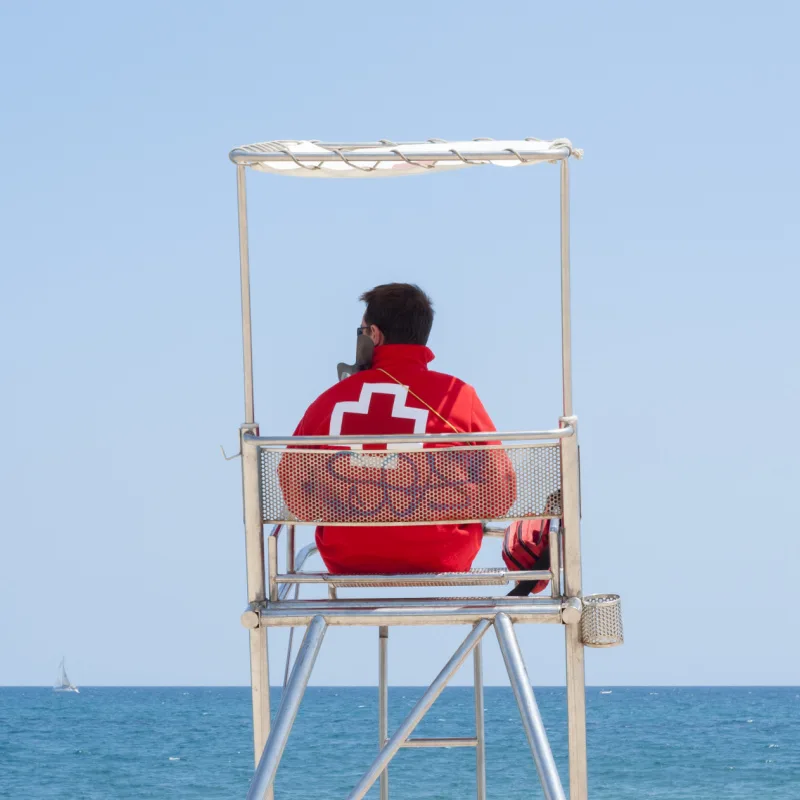
Generally speaking, Los Cabos is an incredibly safe area, with local authorities always doing their best to protect tourists.
However, visitors should remember that some beaches in the municipality may experience dangerous water conditions from time to time, especially during the hurricane season.
Luckily, Los Cabos’ most popular beaches, such as El Chileno Beach, are constantly patrolled by lifeguards to ensure everyone is safe at all times.
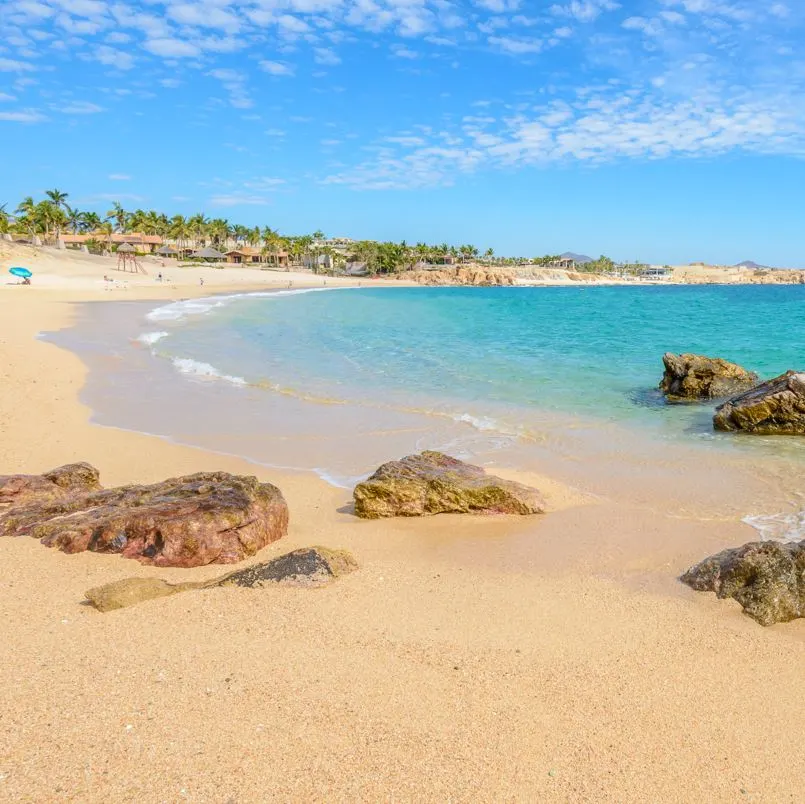
Despite this, regardless of the presence of trained lifeguards, tourists are always advised to look for flags planted on the beach indicating the safety levels of the water.
For instance, while green flags indicate a safe environment, white ones are a sign of the presence of dangerous jellyfish.
Yellow flags invite tourists to be extremely cautious when entering the water, while red flags prohibit visitors from getting into the sea.
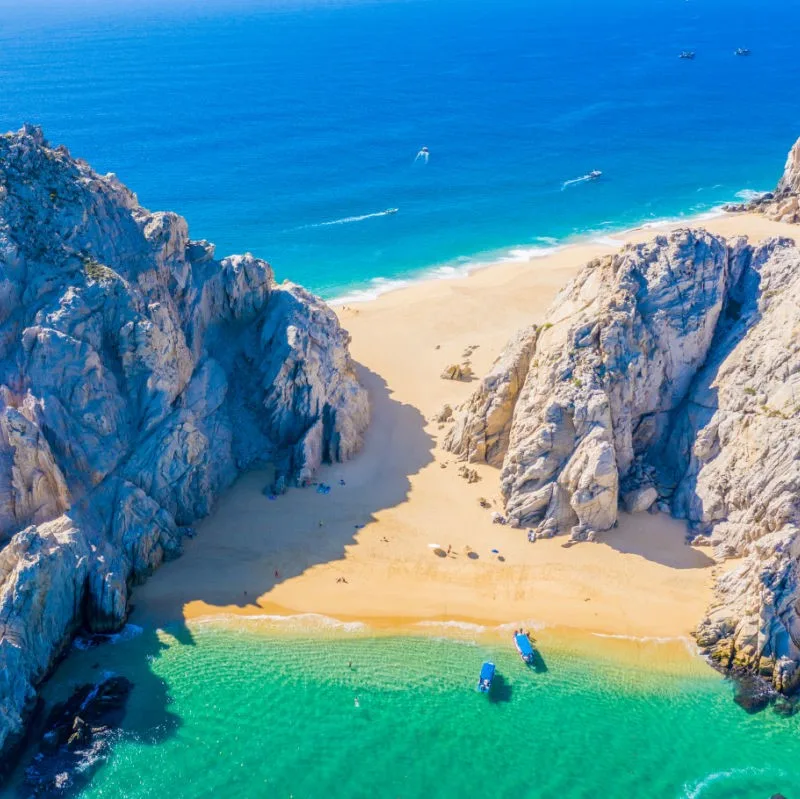
Lastly, a black flag prohibits tourists not only from entering the water but also from staying on the beach due to the dangerous waves that may crash on the shore.
Plan Your Next Cabo Vacation:
Traveler Alert: Don’t Forget Travel Insurance For Your Next Trip!
Choose From Thousands of Cabo Hotels, Resorts and Hostels with Free Cancellation On Most Properties
↓ Join The Community ↓
The Cabo Sun Community FB group has all the latest travel news, conversations and current events happening in Los Cabos

Subscribe to our Latest Posts
Enter your email address to subscribe to The Cancun Sun’s latest breaking news affecting travelers, straight to your inbox.
